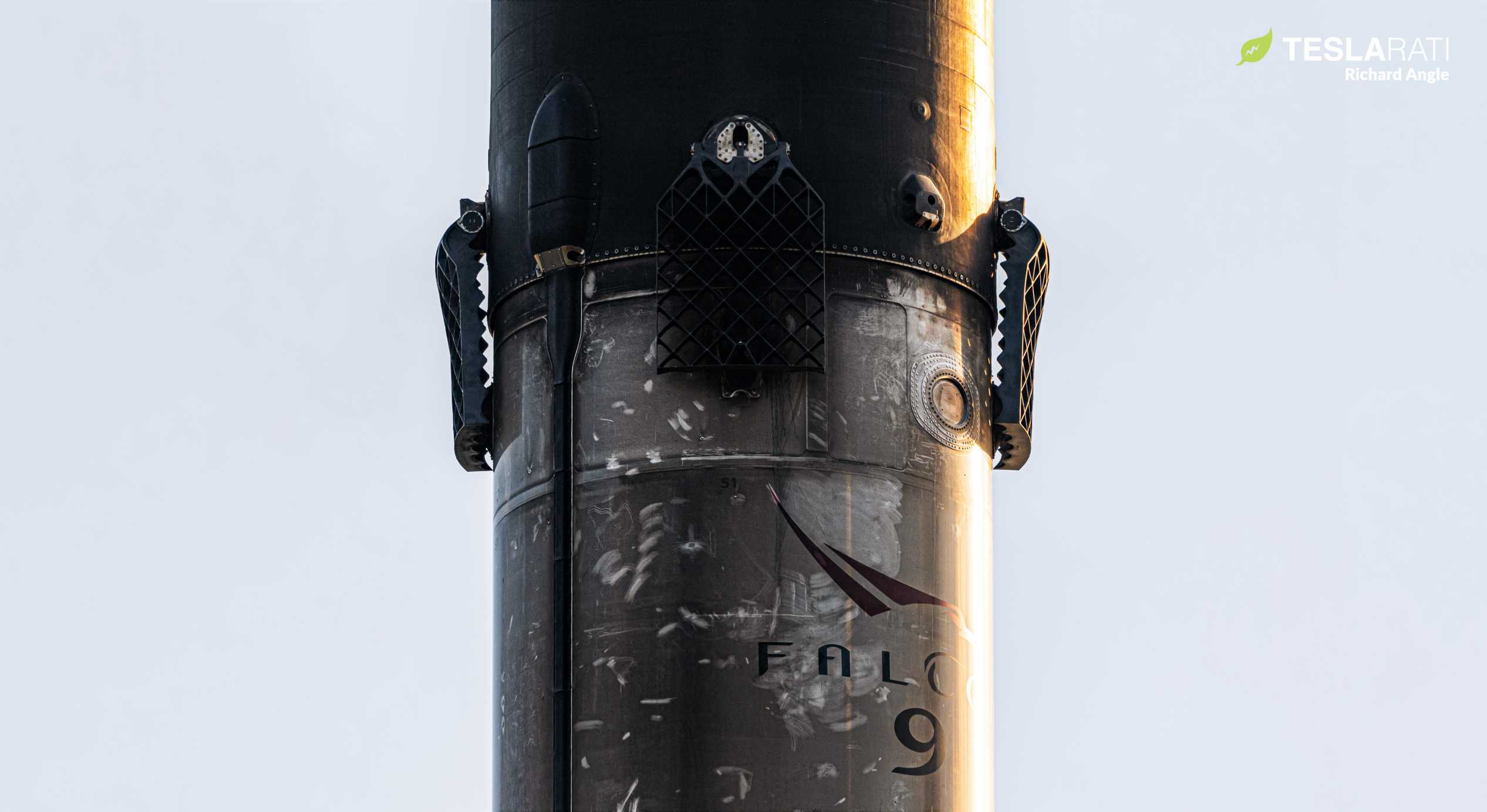
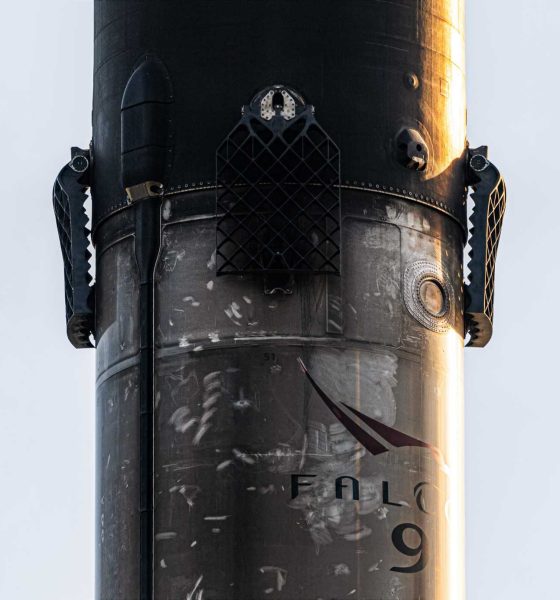
News
SpaceX returns five-flight Falcon 9 booster to port as next reuse milestone nears
SpaceX, for the second time ever, has successfully recovered a Falcon 9 booster after five orbital-class launches and landings and could be just a week or so away from its next record-breaking rocket reuse.
On the morning of August 10th, after a night spent awaiting entry, tugboats carefully guided drone ship Of Course I Still Love You (OCISLY) and Falcon 9 booster B1051 to SpaceX’s Port Canaveral berths. Just three days prior, the booster completed its fifth launch and landing, sending 57 Starlink satellites and two commercial spacecraft on their way to orbit and ending an unusual six weeks of delays suffered by the Starlink-9 mission.
With Starlink-9 – SpaceX’s 13th launch of the year – now safely behind the company, work can proceed in earnest on a handful of upcoming launches.
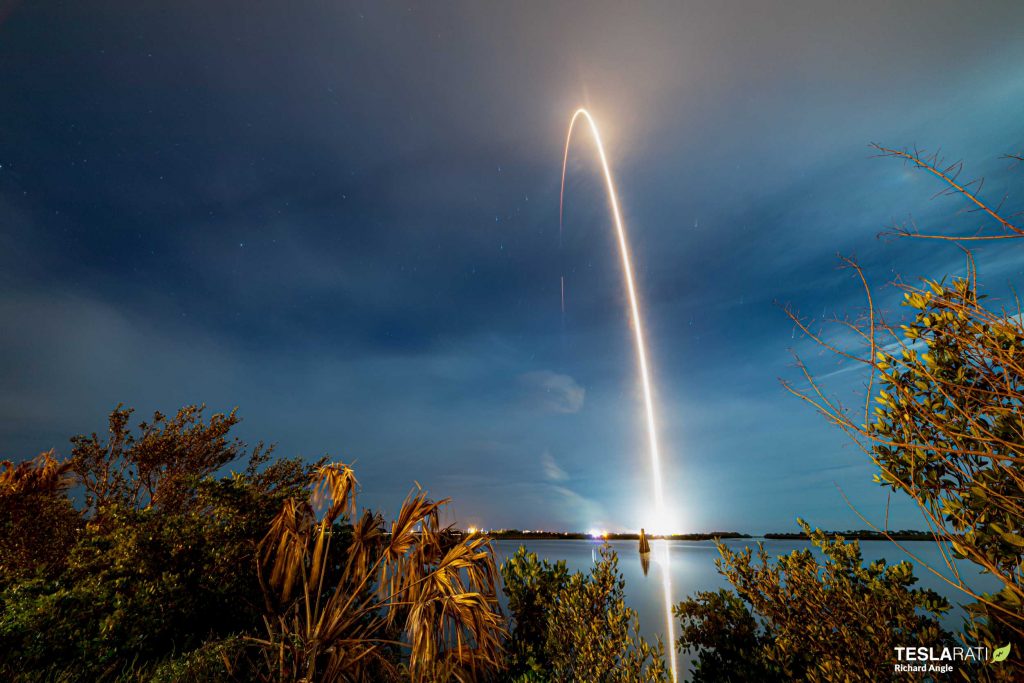
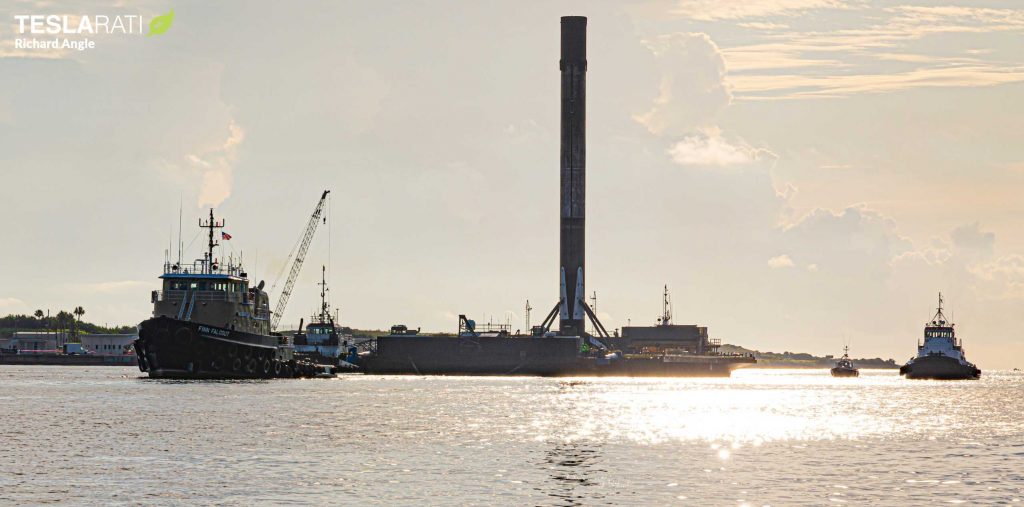
Two days prior to B1051’s arrival in Port Canaveral, recovery ships GO Ms. Tree and GO Ms. Chief completed a safe return to port with both of Falcon 9’s Starlink-9 payload fairing halves, fished out of the Atlantic Ocean after an unsuccessful catch attempt. While disappointing that SpaceX was unable to complete back-to-back catches after the same ships nailed their first simultaneous fairing catch on July 21st, the Starlink-9 fairing should still be reusable. With any luck, SpaceX will be able to replicate some of that unprecedented success with its next several launches.
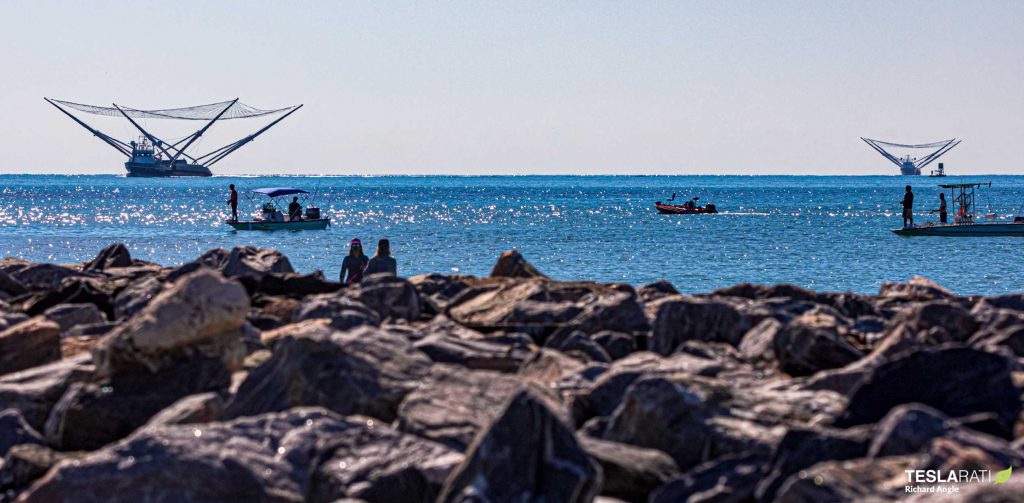
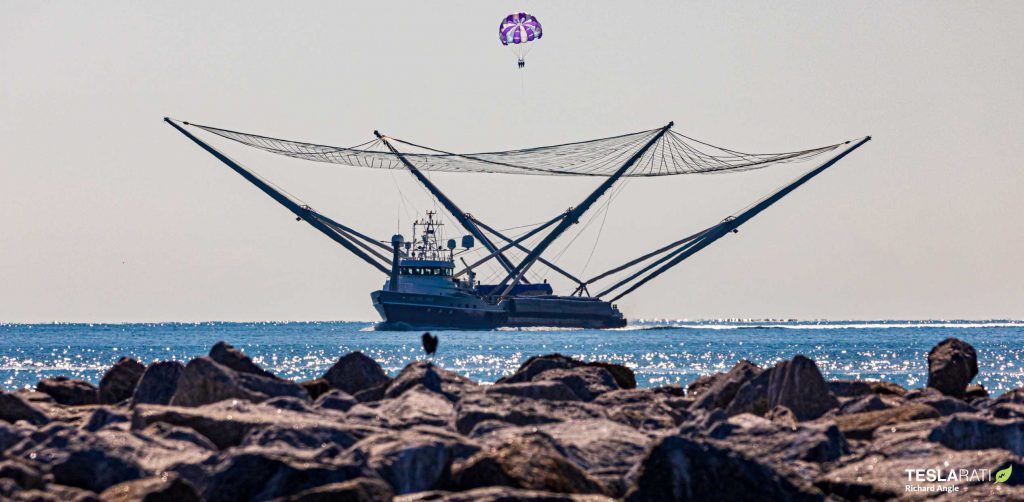
Of the two additional launches SpaceX has planned later this month, both are noteworthy. Scheduled no earlier than (NET) mid-August, SpaceX’s 10th Starlink v1.0 launch – the 11th overall – is likely up next according to well-sourced launch photographer Ben Cooper. If completed without issue, SpaceX will be ~70% of the way to a 14-launch milestone said by COO and President Gwynne Shotwell to mark the point at which the company can begin rolling out Starlink internet services for a broader public beta test.
Constellation milestones aside, NextSpaceflight.com says that SpaceX has assigned Falcon 9 booster B1049 to Starlink-9. That particular vehicle became the first orbital-class liquid rocket booster in history to launch and land five times after orbital-class missions when it helped placed the Starlink V1 L7 payload in orbit on June 4th.
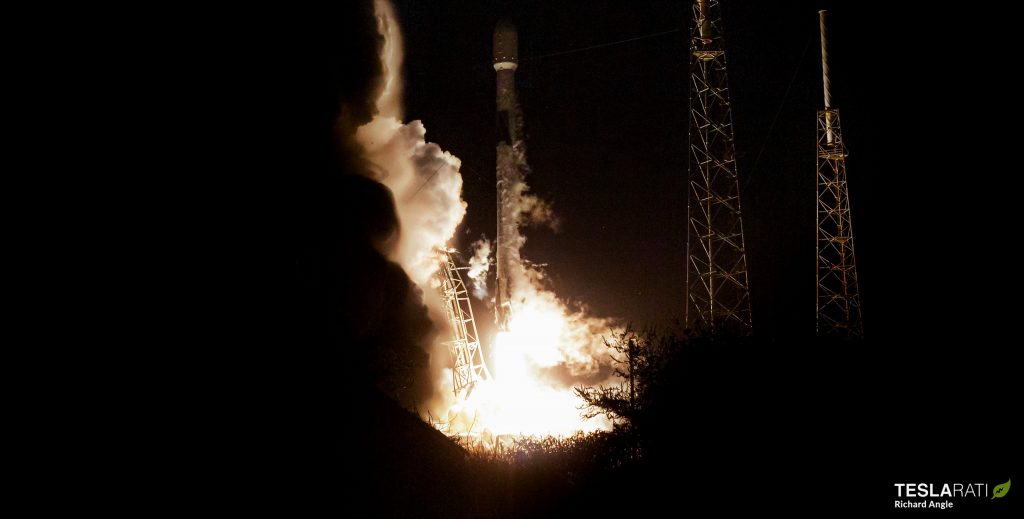

If B1049 flies again in mid-August, the booster will become the first to cross the six-launch milestone just 70-80 days after it became the first to hit the five-landing mark. While impressive, that turnaround would only be the sixth or seventh fastest in SpaceX’s history of booster reuse. Still, given that the B1049’s sixth launch would be a pathfinder mission for Falcon 9 Block 5 reusability, it would be a major bode of confidence in the design if SpaceX were able to consecutively break two booster reuse records with the same Falcon 9 – and do so less than three months apart.
After Starlink-10 and on the heels of months of largely coronavirus-related delays, SpaceX’s next mission is believed to be SAOCOM 1B – an Earth observation radar satellite built by Argentinian space agency CONAE. Originally scheduled to launch as early as March 30th, things did not go exactly according to plan. While there’s still a significant chance the mission will slip further into 2020, SAOCOM 1B and several unrelated rideshare payloads are currently scheduled to launch NET late August. The mission will be Falcon 9 booster B1059’s fourth launch and could also happen just 70-80 days after its third flight.
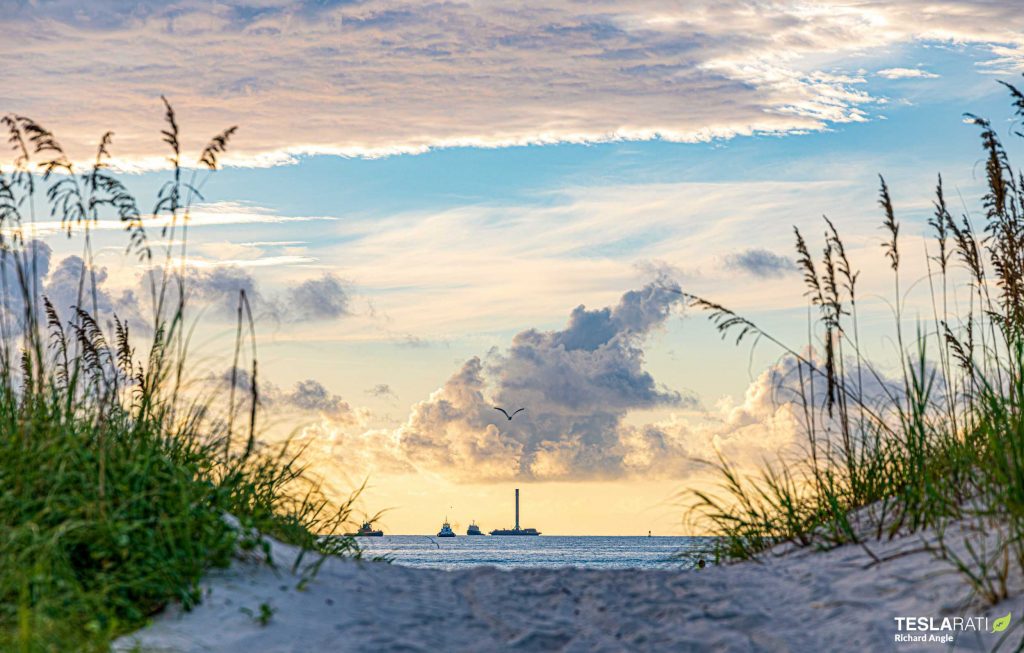
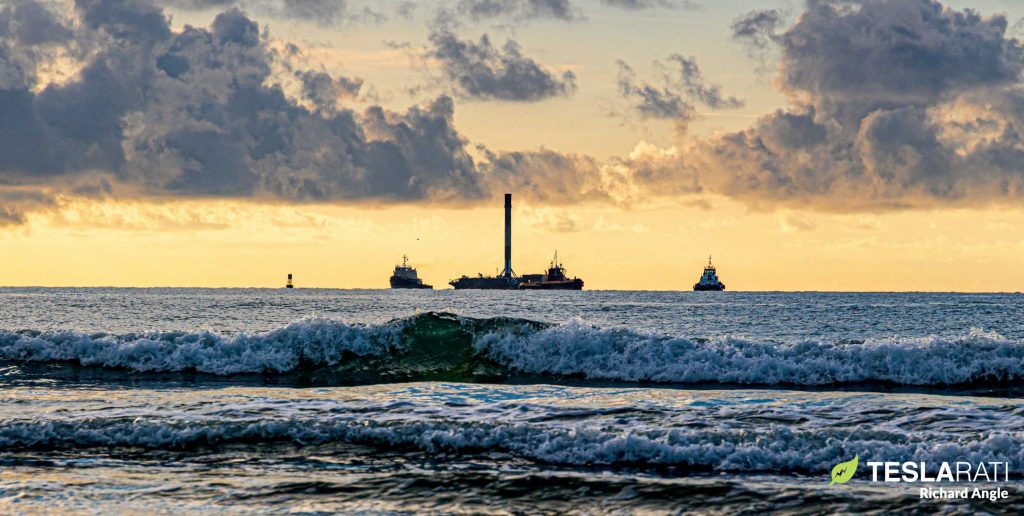
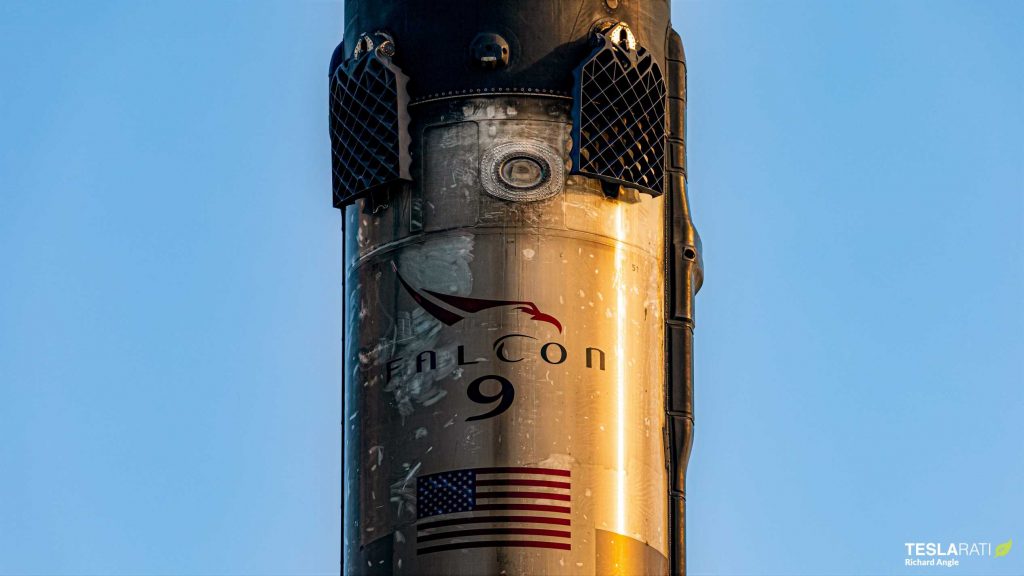
Meanwhile, B1051’s safe return to port and B1049’s imminent sixth launch debut suggests that the former booster could be ready for its own sixth launch as early as October, potentially leaving enough time for one or both of the rockets to squeeze in a seventh-flight milestone before the year is out.
Check out Teslarati’s Marketplace! We offer Tesla accessories, including for the Tesla Cybertruck and Tesla Model 3.

News
Tesla FSD fleet is nearing 7 billion total miles, including 2.5 billion city miles
As can be seen on Tesla’s official FSD webpage, vehicles equipped with the system have now navigated over 6.99 billion miles.

Tesla’s Full Self-Driving (Supervised) fleet is closing in on almost 7 billion total miles driven, as per data posted by the company on its official FSD webpage.
These figures hint at the massive scale of data fueling Tesla’s rapid FSD improvements, which have been quite notable as of late.
FSD mileage milestones
As can be seen on Tesla’s official FSD webpage, vehicles equipped with the system have now navigated over 6.99 billion miles. Tesla owner and avid FSD tester Whole Mars Catalog also shared a screenshot indicating that from the nearly 7 billion miles traveled by the FSD fleet, more than 2.5 billion miles were driven inside cities.
City miles are particularly valuable for complex urban scenarios like unprotected turns, pedestrian interactions, and traffic lights. This is also the difference-maker for FSD, as only complex solutions, such as Waymo’s self-driving taxis, operate similarly on inner-city streets. And even then, incidents such as the San Francisco blackouts have proven challenging for sensor-rich vehicles like Waymos.
Tesla’s data edge
Tesla has a number of advantages in the autonomous vehicle sector, one of which is the size of its fleet and the number of vehicles training FSD on real-world roads. Tesla’s nearly 7 billion FSD miles then allow the company to roll out updates that make its vehicles behave like they are being driven by experienced drivers, even if they are operating on their own.
So notable are Tesla’s improvements to FSD that NVIDIA Director of Robotics Jim Fan, after experiencing FSD v14, noted that the system is the first AI that passes what he described as a “Physical Turing Test.”
“Despite knowing exactly how robot learning works, I still find it magical watching the steering wheel turn by itself. First it feels surreal, next it becomes routine. Then, like the smartphone, taking it away actively hurts. This is how humanity gets rewired and glued to god-like technologies,” Fan wrote in a post on X.
News
Tesla starts showing how FSD will change lives in Europe
Local officials tested the system on narrow country roads and were impressed by FSD’s smooth, human-like driving, with some calling the service a game-changer for everyday life in areas that are far from urban centers.
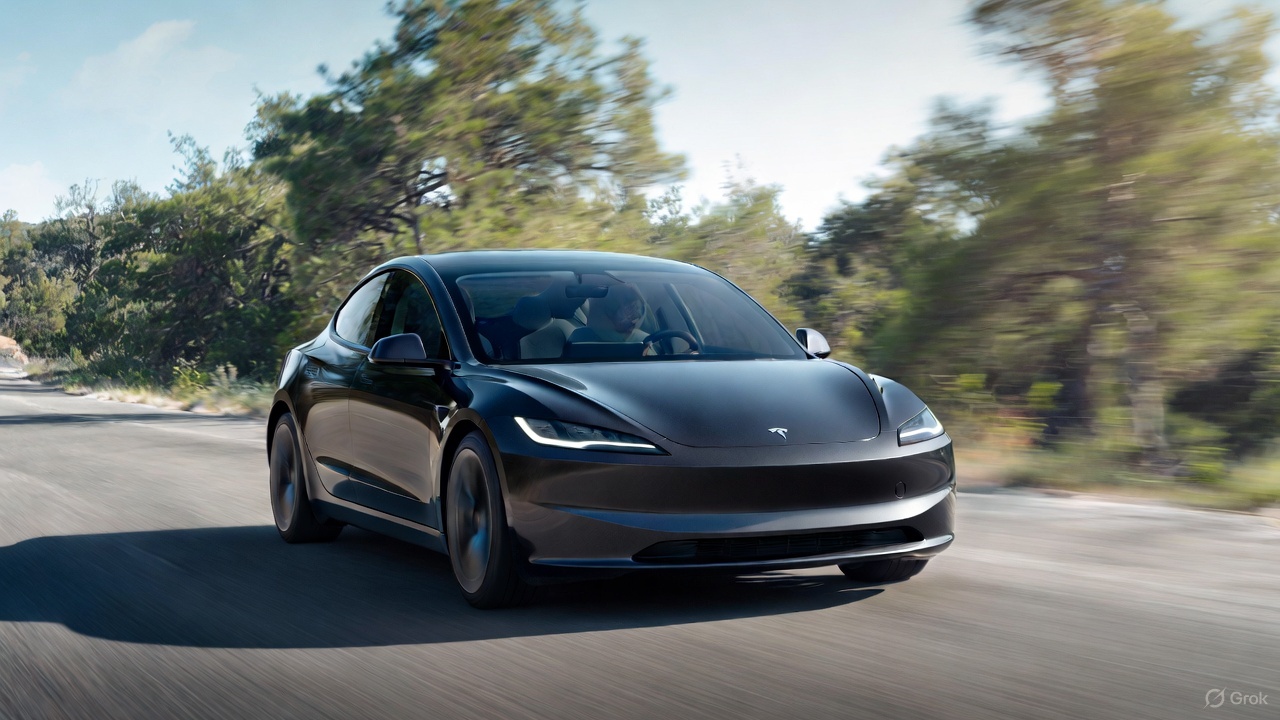
Tesla has launched Europe’s first public shuttle service using Full Self-Driving (Supervised) in the rural Eifelkreis Bitburg-Prüm region of Germany, demonstrating how the technology can restore independence and mobility for people who struggle with limited transport options.
Local officials tested the system on narrow country roads and were impressed by FSD’s smooth, human-like driving, with some calling the service a game-changer for everyday life in areas that are far from urban centers.
Officials see real impact on rural residents
Arzfeld Mayor Johannes Kuhl and District Administrator Andreas Kruppert personally tested the Tesla shuttle service. This allowed them to see just how well FSD navigated winding lanes and rural roads confidently. Kruppert said, “Autonomous driving sounds like science fiction to many, but we simply see here that it works totally well in rural regions too.” Kuhl, for his part, also noted that FSD “feels like a very experienced driver.”
The pilot complements the area’s “Citizen Bus” program, which provides on-demand rides for elderly residents who can no longer drive themselves. Tesla Europe shared a video of a demonstration of the service, highlighting how FSD gives people their freedom back, even in places where public transport is not as prevalent.
What the Ministry for Economic Affairs and Transport says
Rhineland-Palatinate’s Minister Daniela Schmitt supported the project, praising the collaboration that made this “first of its kind in Europe” possible. As per the ministry, the rural rollout for the service shows FSD’s potential beyond major cities, and it delivers tangible benefits like grocery runs, doctor visits, and social connections for isolated residents.
“Reliable and flexible mobility is especially vital in rural areas. With the launch of a shuttle service using self-driving vehicles (FSD supervised) by Tesla in the Eifelkreis Bitburg-Prüm, an innovative pilot project is now getting underway that complements local community bus services. It is the first project of its kind in Europe.
“The result is a real gain for rural mobility: greater accessibility, more flexibility and tangible benefits for everyday life. A strong signal for innovation, cooperation and future-oriented mobility beyond urban centers,” the ministry wrote in a LinkedIn post.
News
Tesla China quietly posts Robotaxi-related job listing
Tesla China is currently seeking a Low Voltage Electrical Engineer to work on circuit board design for the company’s autonomous vehicles.
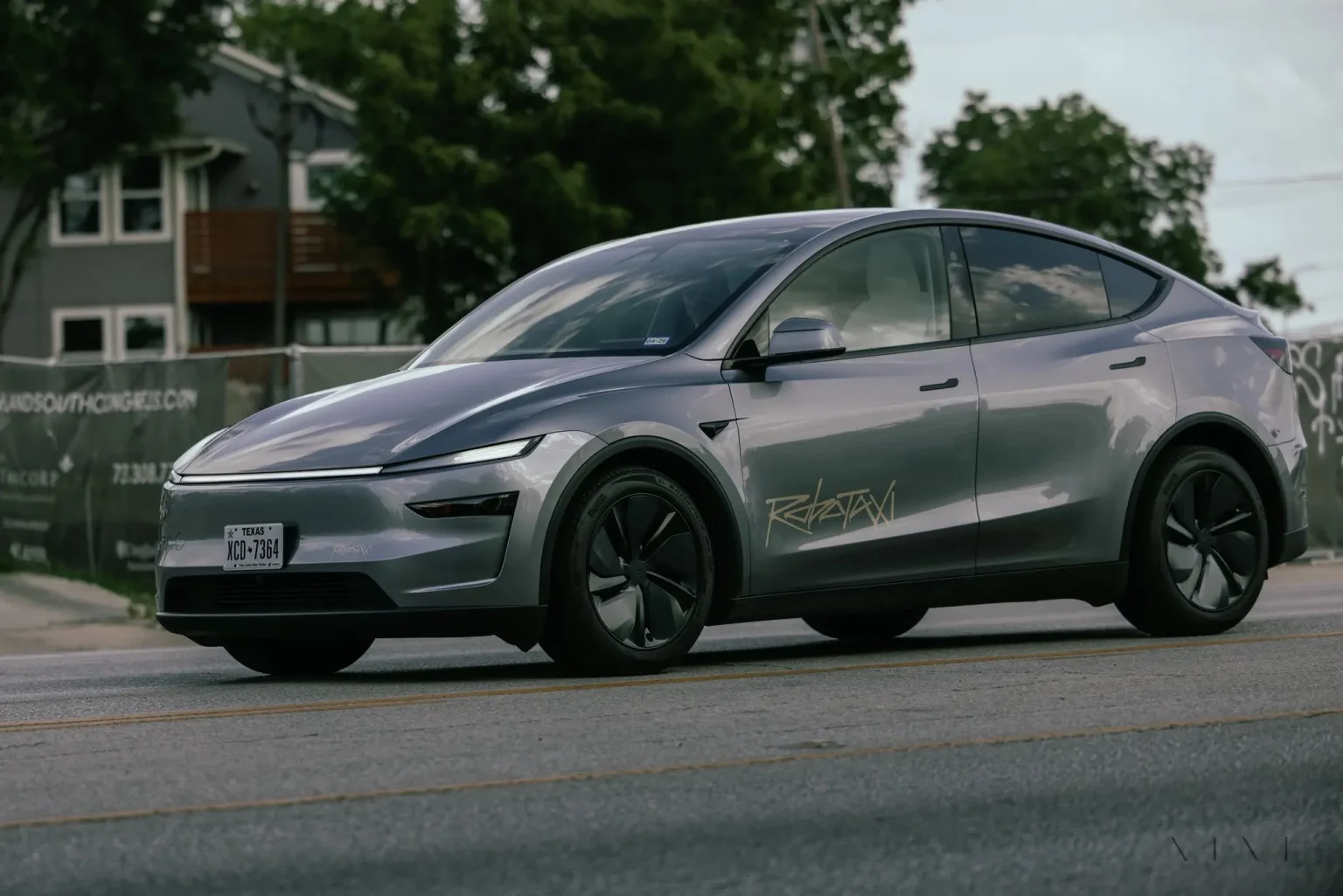
Tesla has posted a new job listing in Shanghai explicitly tied to its Robotaxi program, fueling speculation that the company is preparing to launch its dedicated autonomous ride-hailing service in China.
As noted in the listing, Tesla China is currently seeking a Low Voltage Electrical Engineer to work on circuit board design for the company’s autonomous vehicles.
Robotaxi-specific role
The listing, which was shared on social media platform X by industry watcher @tslaming, suggested that Tesla China is looking to fill the role urgently. The job listing itself specifically mentions that the person hired for the role will be working on the Low Voltage Hardware team, which would design the circuit boards that would serve as the nervous system of the Robotaxi.
Key tasks for the role, as indicated in the job listing, include collaboration with PCB layout, firmware, mechanical, program management, and validation teams, among other responsibilities. The role is based in Shanghai.
China Robotaxi launch
China represents a massive potential market for robotaxis, with its dense urban centers and supportive policies in select cities. Tesla has limited permission to roll out FSD in the country, though despite this, its vehicles have been hailed as among the best in the market when it comes to autonomous features. So far, at least, it appears that China supports Tesla’s FSD and Robotaxi rollout.
This was hinted at in November, when Tesla brought the Cybercab to the 8th China International Import Expo (CIIE) in Shanghai, marking the first time that the autonomous two-seater was brought to the Asia-Pacific region. The vehicle, despite not having a release date in China, received a significant amount of interest among the event’s attendees.








